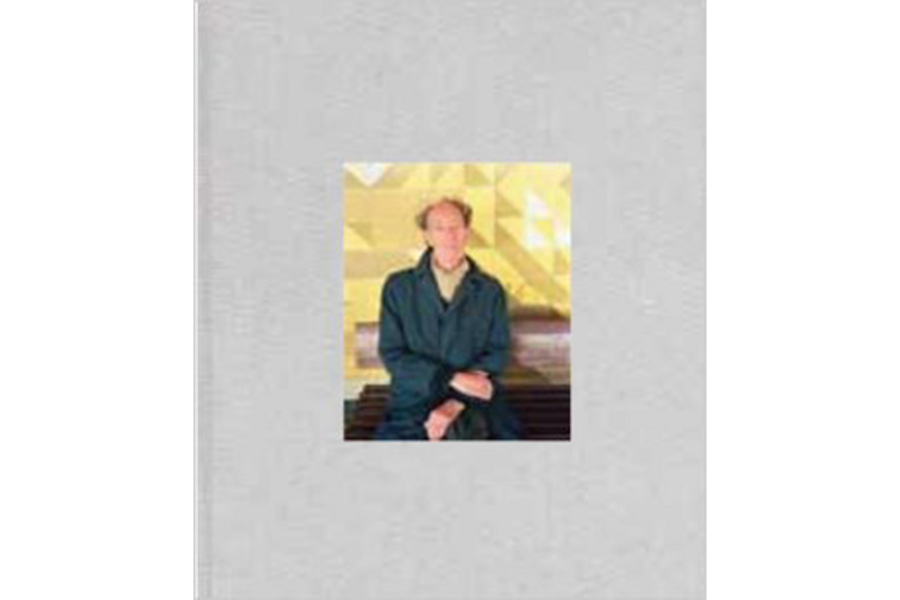Men and Women
Loading...
Tom Wood does not consider himself a street photographer. Instead, having photographed his own city – the working-class community of Liverpool, England – nearly every day for the past 40 years, Wood might be more accurately described as a kind of visual diarist. It is the photos in this two-book package, Men and Women, that inspired the first major exhibit of Wood’s work.
Wood began his career as a conceptual painter. After taking one photography class, however, he switched – finding the camera more immediate than a paintbrush.
Originally from Ireland, Wood tells us that he “lived simply” in Liverpool. He photographed five days a week and taught two, absorbing the culture and demeanor of his neighbors through his lens.
Dubbed “photie man” by locals, he produced three books and several exhibits, gaining high praise from the British art world, even though his images never successfully crossed the pond to engage an American audience, as did the work of his contemporary Martin Parr.
At first glance, the collection of Wood’s work in “Men and Women” seems random – a mash-up of color and black-and-white images, formal portraits and snapshots, grainy film with soft focus alongside saturated colors and careful lighting.
But the mixture of films, light, and textures speak volumes about the people Wood portrays. Irish artist Pádraig Timoney collaborated with Wood on the edit, arranging the photo pairings in the book, as well as in the exhibit. The result is a delightful play of visual counterpoint, irony, and color coordination.
In order to grasp Wood’s work as a whole, it is important to understand that he is neither formalist nor conceptualist, documentarian nor abstract artist. In Wood’s own words, all he is looking for is to make a good set of pictures.
In “Mad Max” a dockworker, surrounded by the blazing oranges and reds of industrial decay, poses for the camera, looking impatient to get back to work. The title is playful but also references the dystopian film his appearance mimics. And in the brilliantly titled “Three Wise Women,” elderly ladies standing in a row peruse the grounds of a British flea market, each deep in thought. In other images, energetic youth preen for the nightclub, teenage boys look hard, ruffians glare, and young girls flirt, all in Merseyside style.
This is Wood’s greatest achievement. Through artistry and empathy, devoid of stereotypes, he has created an artful, heartfelt portrait of modern life in a particular blue-collar neighborhood.
Joanne Ciccarello is the Monitor’s assistant photo editor.








